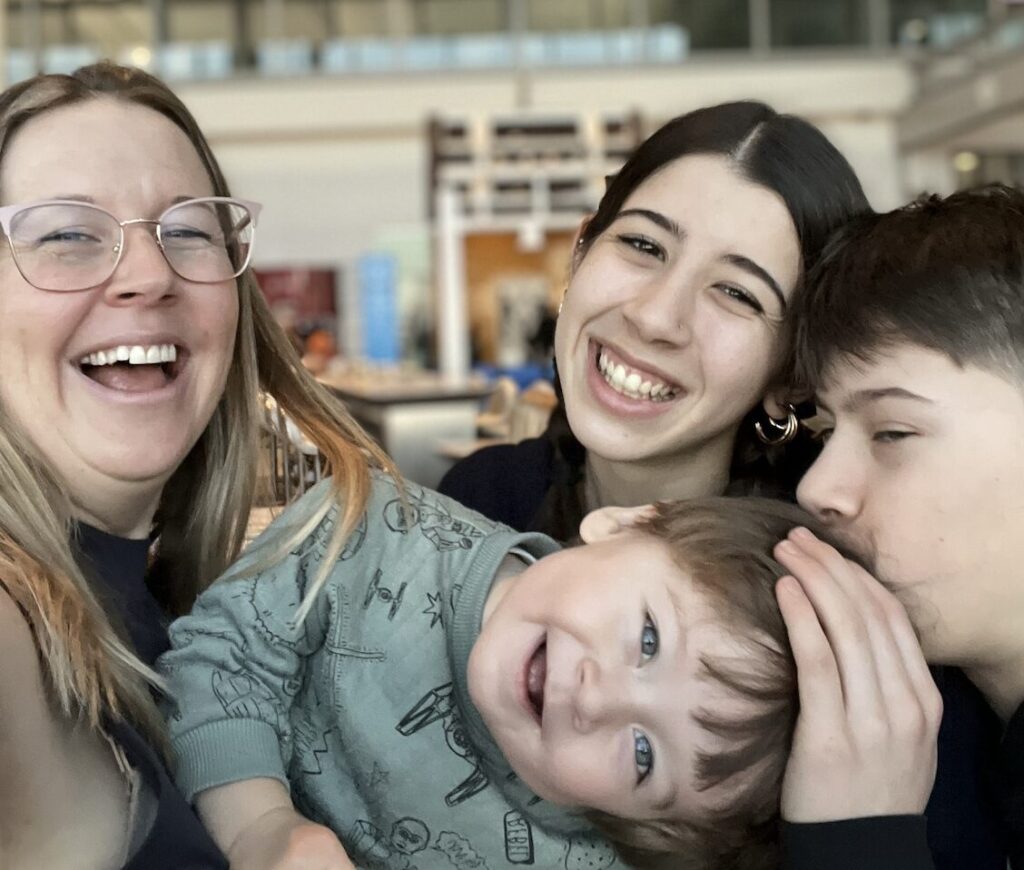It was mid-December of last year, and six-year-old Abigail McCormick’s schedule had reached maximum overload. There were ballet, skating and piano lessons, an upcoming school holiday concert and a school play, as well as the demands of the full-day curriculum in Grade 1.
When she got the part of the cow in her church Christmas pageant, the weekly rehearsals had to be worked in. And at that point, Abigail put on the brakes.
“Mommy, it’s just too much,” she told her mother Deborah, who was trying to get her out of bed for her Saturday morning ballet class. “I don’t want to do all this anymore. I just want to spend more time with you,” Deborah recalls Abigail saying.
“She had always been a high-energy kid, always requesting to do all these things – we never pushed her into anything. But suddenly she reached a wall, and just put her foot down. So we sat down and had a talk about what she really wanted to do, and what she didn’t. We cut out the ballet, and now our Saturdays are totally open and unstructured, and she loves that.”
Abigail’s jam-packed schedule is all too common, says Alyson Schafer, parenting expert and author of Ain’t Misbehavin’. Alyson outlines a couple of key factors that have seeped into our culture in recent years:
- First, a scarcity mentality, or the fear that someone else’s kids are getting ahead of yours, and that your kids will fall behind if you don’t give them access to absolutely everything.
- Second is the belief that leisure has no value; that it’s laziness, and a missed opportunity. “We need to change that perception, and understand what really happens during unstructured free time for kids. They can’t not grow. They can’t not develop. If they’re in the back yard with a pine cone and a stick, they’re going to create their own game. And we have to market the value of that to parents.”
For children – even naturally active ones like Abigail – having too much on their plates can be stressful, says Alyson. “Somehow we think of kids as little bundles of energy that can go, go, go. Just because they don’t come home rubbing their necks and talking about their day doesn’t mean their life isn’t stressful. It is. They need to have downtime – time where they’re not stimulated and not watching the clock.”
The ability to entertain themselves and use their own imaginations is crucial. “It’s a developmental task that they need to learn how to do. We’re not supposed to do it for them – it’s not our problem to solve.”
That doesn’t mean we can’t occasionally be a part of that unstructured time. “If you ask kids what they really want, they usually say more time with their parents,” says Alyson.
“They want to throw a baseball with Dad after dinner, or do arts and crafts with Mom. There is a real value to doing things as a family, whether they’re leisure activities or work projects, like gardening together. There is real value in those shared activities.”
As for Abigail and Deborah, their Saturdays are now all their own. “I think Abigail was missing some just-hanging-out time,” says Deborah.
The value of play
In a 2010 study by Swedish-based retailer Ikea, researchers interviewed 10,000 parents and children from 25 countries, asking them 50 questions about play and their lives at home. And what did they find? First, that children overwhelmingly prefer playing with their friends and parents over watching TV. Second, that while parents think play should be educational, children actually prefer to play rather than learn. Many parents feel that they don’t have enough time to play with their kids, and that when they do play with them, they are too stressed out to enjoy it. Nearly all parents (more than 93 percent) said that they felt creativity was essential to their child’s development, but the majority had no idea how to encourage creative thinking at home.
The most surprising finding? Nearly three in 10 parents did not choose happiness as the single most important wish for their children. They chose “financial success” or “thoughtfulness” instead.
Published in June, 2011.










